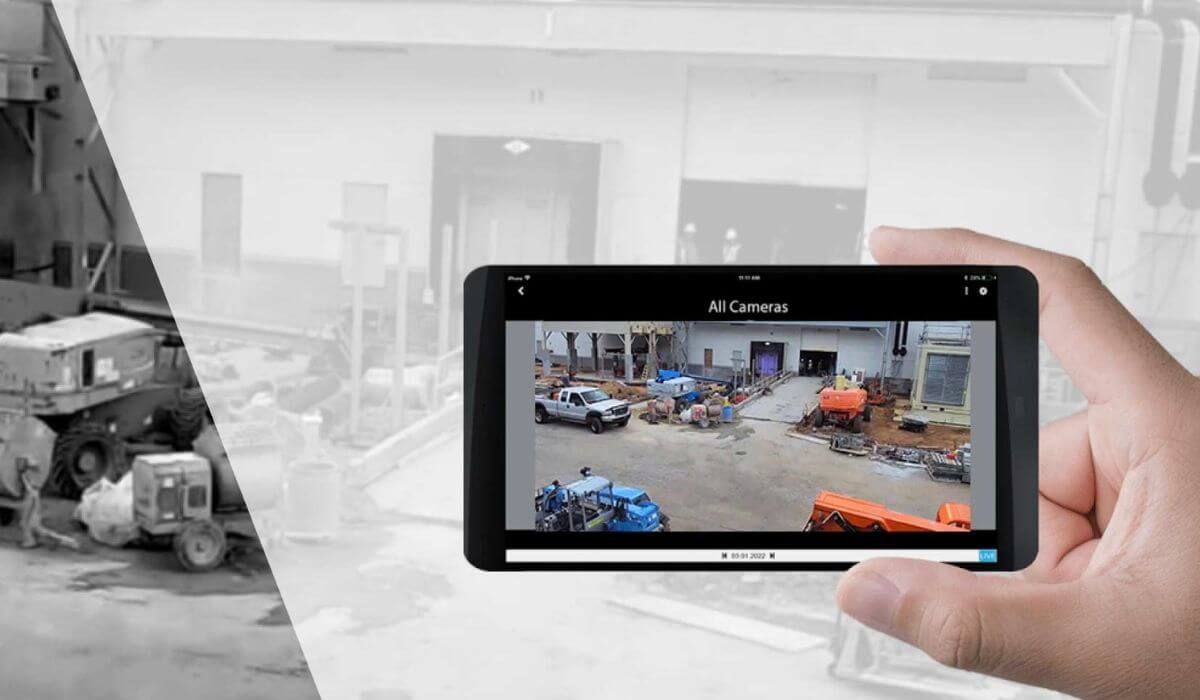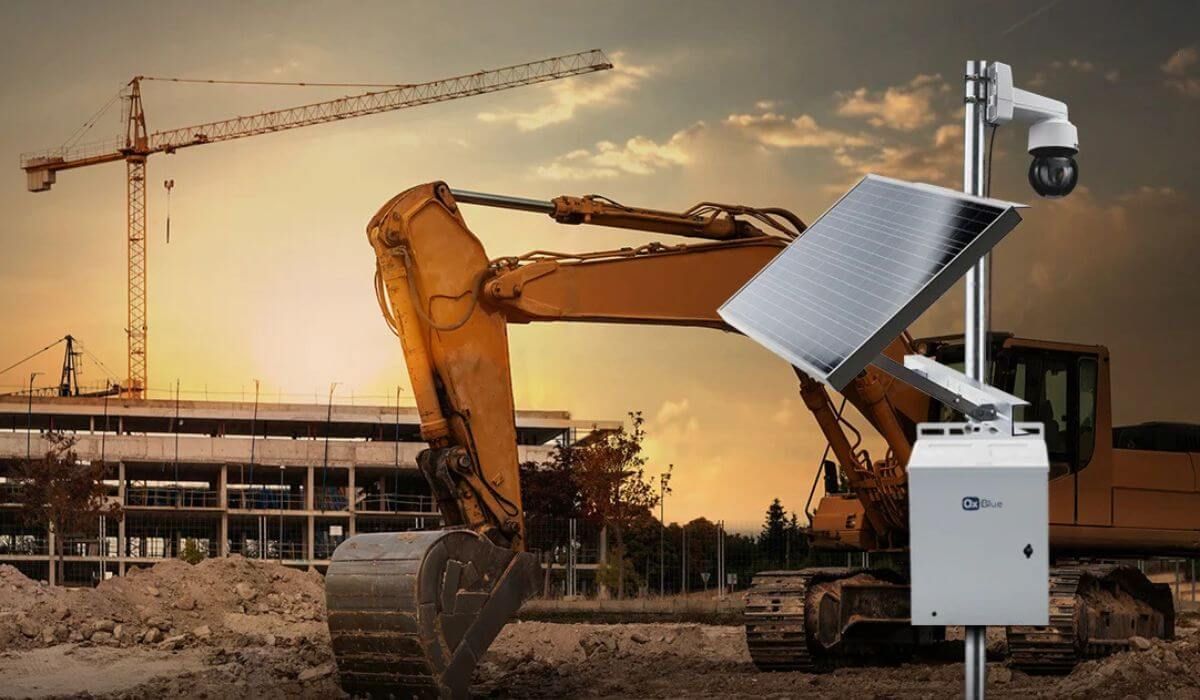What to Do Fire Alarm Placement Installation and Maintenance
Stop Guessing: Where Fire Alarms Really Belong in Your Home
Each year, hundreds of Australian homes are damaged or lost due to fires that could’ve been avoided with one simple action—proper alarm setup. According to Fire & Rescue NSW, working smoke alarms cut fire fatalities by more than half. Yet, most homeowners still aren’t sure if they’ve installed theirs correctly—or if they’re working at all.
So, what to do for fire alarm placement, installation and maintenance?
This article breaks down everything you need to know—where alarms should go, how to install them, how to keep them working year-round, and when to call in the professionals. Let SCAVI, Sydney’s trusted fire and security specialists, walk you through the process.
Why Proper Fire Alarm Placement, Installation, and Maintenance Matters
Correct alarm installation and upkeep can be the difference between a minor incident and a disaster. Let’s break it down.
The Consequences of Incorrect Alarm Setup
Poor placement may cause delays in detecting smoke or cause frequent false alarms. This leads to unsafe habits—like removing or ignoring the device altogether.
Compliance With Australian Fire Safety Standards (AS 3786, AS 1670.1)
In NSW and across Australia:
- AS 3786 covers smoke alarms in residential properties
- AS 1670.1 is the benchmark for commercial fire alarm systems
Non-compliance can result in legal consequences, voided insurance, or worse—missed warnings in an emergency.
Fire Alarm Lifespan and Risk Reduction
Smoke alarms don’t last forever. Even if they beep on test day, aging sensors lose reliability. Regular replacement—typically every 10 years—ensures your alarms stay effective.
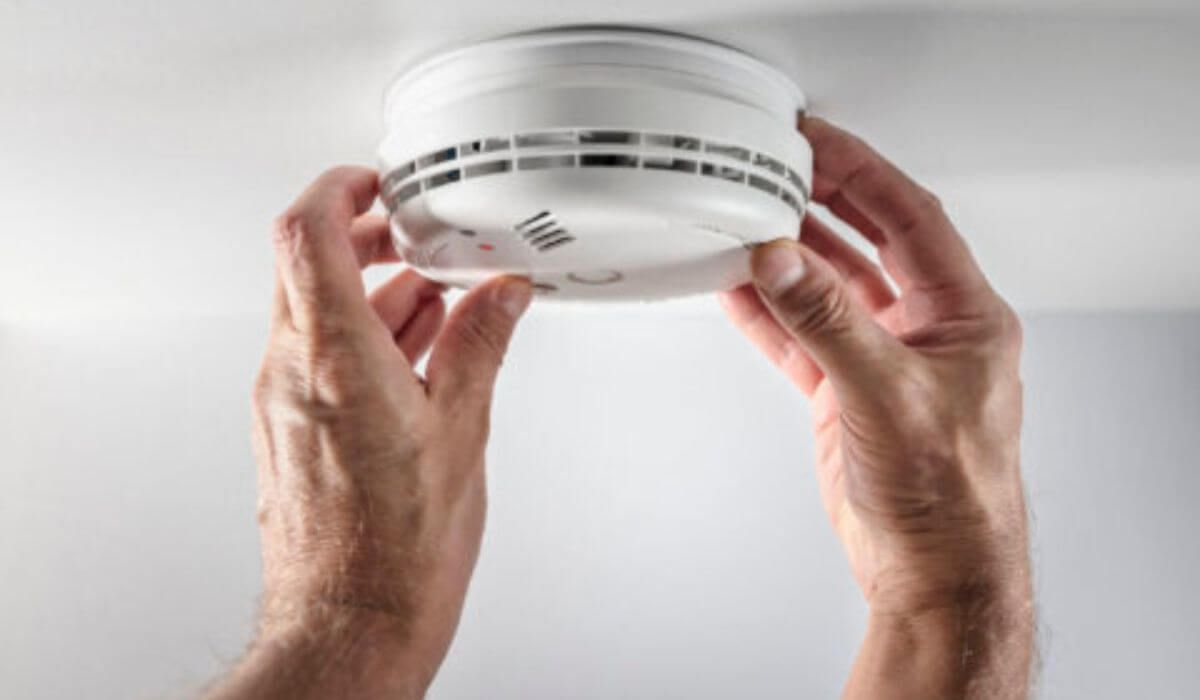
Best Places to Install Fire Alarms for Maximum Protection
Knowing where to place alarms is just as important as having them.
General Placement Guidelines for Homes and Businesses
- Mount on the ceiling, not the wall—smoke rises.
- Keep
30cm away from air vents, windows, and corners.
- Avoid kitchens and bathrooms to reduce false alarms caused by steam or cooking smoke.
Room-by-Room Placement Tips
- Bedrooms: Each should have its own alarm.
- Hallways and staircases: Especially on multi-storey homes.
- Garages: Use a heat detector rather than a smoke alarm.
- Living areas: Particularly where heaters or fireplaces are in use.
Where Not to Install Fire Alarms
Avoid these common mistakes:
- Near
ceiling fans or ducts—they can blow smoke away.
- Inside
dead-air spaces like ceiling corners.
- Over
stoves or fireplaces, where false alarms are frequent.
Fire and Smoke Alarm Installation Guide – Step by Step
Installation is easy—but must be done right to ensure reliability.
Choosing the Right Type of Alarm
- Photoelectric alarms detect slow-burning fires—ideal for bedrooms and living areas.
- Ionisation alarms react faster to flaming fires—better for hallways.
- Dual-sensor alarms offer both.
- Smart alarms alert you remotely via your phone.
Tools and Materials Required for Installation
Most installations only require:
- A
ladder
- Drill, screws, and bracket
- Batteries or wiring access (depending on the model)
- Voltage tester for hardwired setups
Installation Steps for Battery-Operated Smoke Alarms
Mark the installation point on the ceiling, secure the mounting plate, insert the battery, attach the unit, and test it by pressing the button.
Installation Steps for Hardwired Fire Alarms
Turn off the circuit breaker first. Connect the wiring per manufacturer's instructions, mount the unit, then restore power and test. If unsure, call a licensed technician.
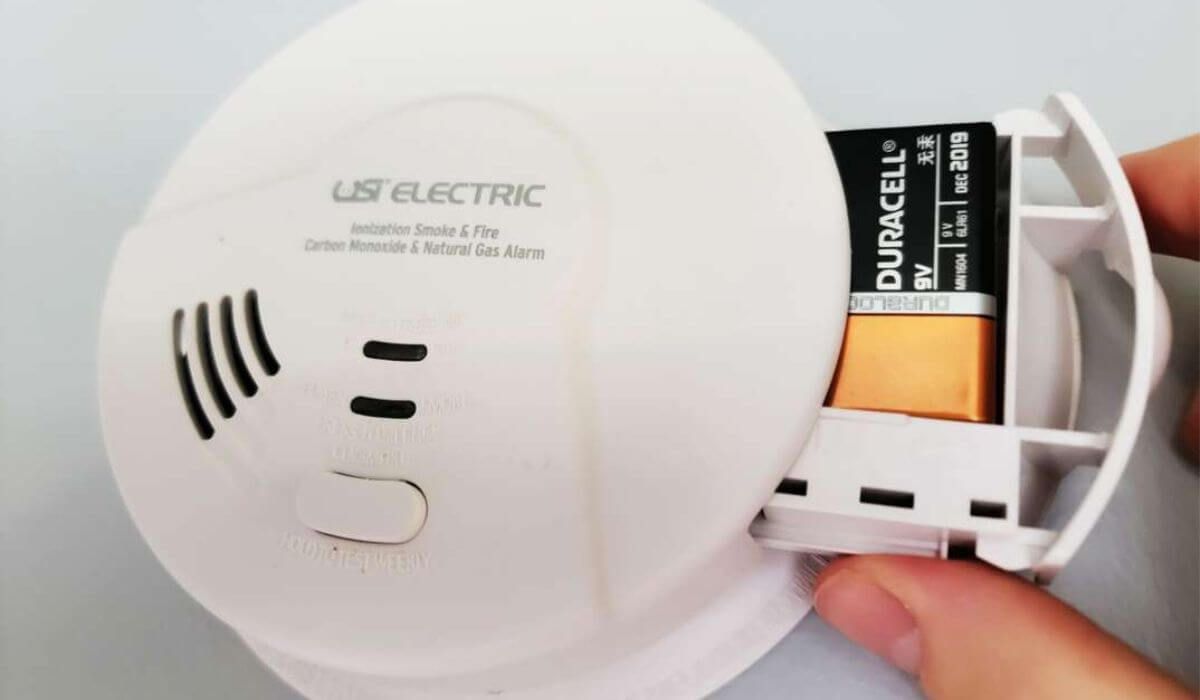
Fire Alarm Maintenance Checklist for Australian Homes and
Buildings
Like any device, smoke alarms need care. Here's what matters most.
Weekly and Monthly Alarm Tests
- Press and hold the
test button until you hear a beep.
- No sound? Replace the battery or call a technician.
Cleaning and Inspection Best Practices
- Remove
dust, insects, or cobwebs using a soft vacuum attachment.
- Avoid spray cleaners or solvents—they can damage sensors.
Battery Replacement and Alarm Expiry
- 9V batteries should be replaced
every 6–12 months
- Long-life lithium alarms typically last 10 years—then replace the whole unit
- Check the
manufacture date and replace any alarm older than 10 years
Common Signs Your Fire Alarm Needs Servicing
- Repeated
chirping
- No response during tests
- Discolouration or physical wear and tear
- False alarms with no visible smoke
How Often Should Fire Alarms Be Tested and Maintained?
Routine checks help prevent failure when it matters most.
Homeowner Testing Recommendations
- Test alarms
monthly
- Clean units
quarterly
- Replace batteries annually or as needed
Commercial and Rental Property Regulations in Australia
- NSW laws require rental properties to have
working smoke alarms tested every 6 months
- Building managers should keep documentation of all maintenance
- Professional annual inspections are strongly advised for commercial settings
Scavi’s Professional Fire Alarm Maintenance Services
Our Sydney-based team offers:
- Certified fire alarm testing
- Full system audits and compliance reports
- Scheduled
maintenance contracts
- 24/7 support in case of emergency faults or inspections
Common Mistakes to Avoid With Fire Alarm Setup and Care
Forgetting to Test Alarms Regularly
Alarms may appear fine, but if you don’t test them, you won’t know they’ve failed until it’s too late.
Installing in the Wrong Location
Misplaced alarms might fail to detect smoke in time—or constantly trigger false alerts.
Using Expired or Damaged Alarms
An old alarm that “still beeps” isn’t reliable. Replace them as recommended.
Assuming Smart Alarms Don't Need Maintenance
Even high-tech alarms require testing, battery backup, and routine cleaning.
When to Call a Professional for Installation or Maintenance
Signs That DIY Installation Isn’t Enough
- Complex wiring
- Alarms constantly
chirp or false trigger
- Multi-level homes or integrated systems
What Scavi Offers – Fire Alarm Installation Sydney
SCAVI has over 15 years of experience working with homes, builders, and commercial properties across Sydney. We provide:
- Custom
placement and wiring solutions
- Alarm system design based on
your layout
- Maintenance plans to keep your system reliable year-round
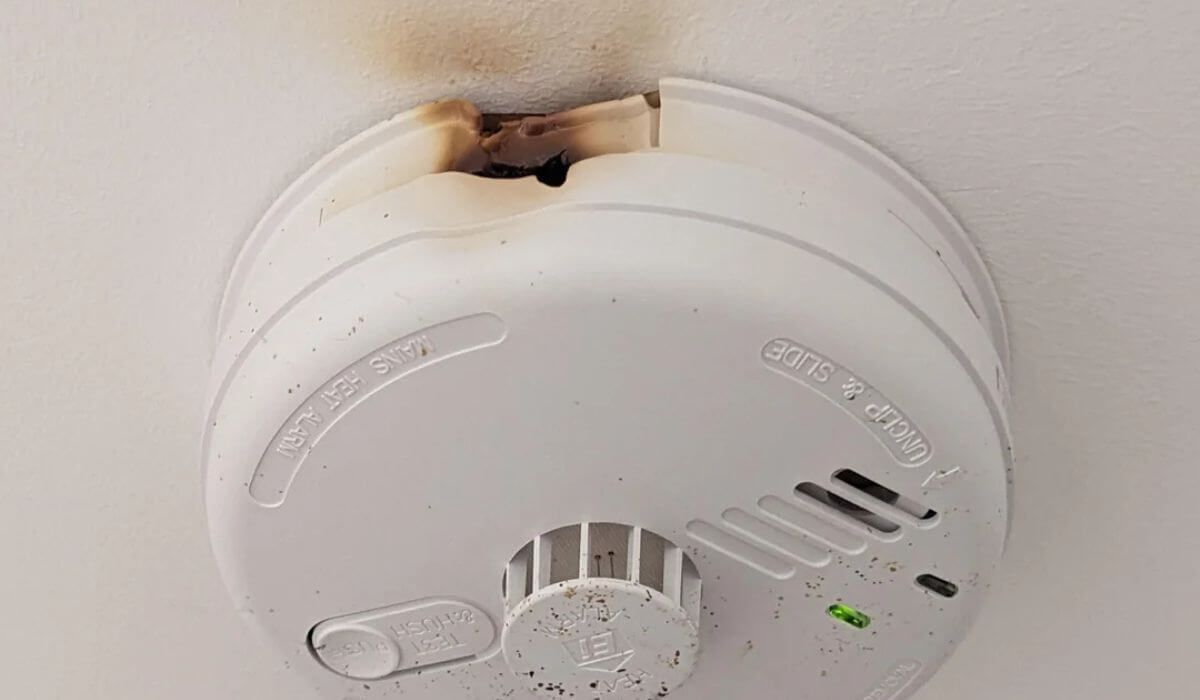
FAQs About Fire Alarm Placement, Installation and Maintenance
What’s the best height to install a smoke alarm?
On the ceiling, at least 30cm away from corners or walls.
Can I install fire alarms myself or do I need an electrician?
Battery alarms: yes. Hardwired units: best left to licensed professionals.
How do I know if my alarm is working correctly?
Press the test button monthly. If no sound, replace battery or the entire unit.
How long do fire alarms last in Australia?
Most need replacing every 10 years, even if they still appear functional.
Do smart smoke alarms still need regular testing?
Yes—they have added features, but still rely on physical sensors that can degrade.
Fire Alarm Setup Isn’t Guesswork—It’s a Lifesaving Choice
If you’ve ever wondered what to do for fire alarm placement, installation and maintenence, now you have the answers. Proper positioning, timely upkeep, and knowing when to upgrade are essential for every Australian household. And when in doubt—get professional help.
SCAVI is Sydney’s trusted name in fire alarm installation and maintenance, helping homeowners and businesses stay safe, compliant, and prepared.
Contact us today to book your fire alarm consultation or inspection. Your safety starts with the right alarm, in the right place, working exactly as it should.

